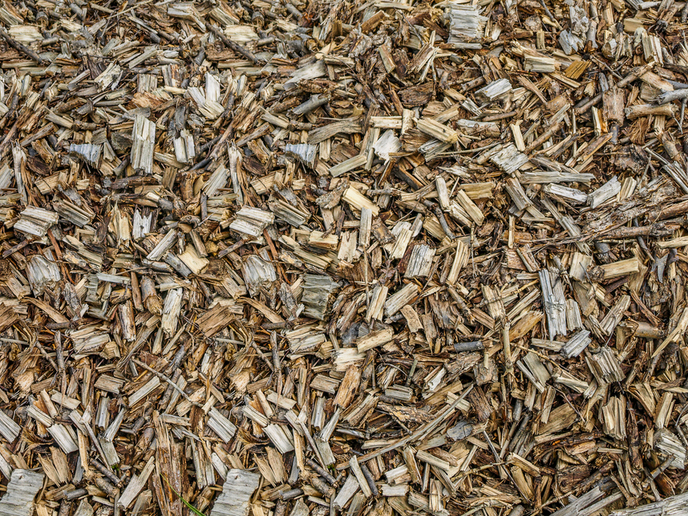Eco-friendly filters for volatile organic compounds
Depending on their chemical structure, VOCs can be carcinogenic, mutagenic or disrupt hormone systems (endocrine disruptors). Long-term exposure may cause damage to the liver, kidney and central nervous system. They also cause environmental impacts as they contain precursors for photochemical smog. VOCs enter the environment after vaporising from organic solvents in inks, paints and varnishes. The CARVOC(opens in new window) (Innovative eco-friendly activated carbon filters for harmful vapours and gases VOC purification) project addressed the problem of VOCs by developing an industrial air filter as well as a lightweight portable device. Their application can extend to mitigating the effects of toxic industrial gases released through accidents or terrorist action. Activated carbon (AC), the active component of both systems, was produced from hemp residues from farming and industrial processing. Different methods for the activation of the residues were used to prepare AC with a suitable porous texture for gas and vapour phase pollutant abatement. The CARVOC team selected the most appropriate lignocellulosic precursor and optimized a preparation method using phosphoric acid to obtain ACs at lower temperatures and with higher yields than conventional methods. Moreover, the ACs can be tuned according to requirements with varying porosities and surface chemistry. The good final yield and the possibility of reusing the phosphoric acid, make this a viable proposition for industrial production. Initial scale-up of the AC production was successfully performed using industrial-like equipment and strategies, demonstrating technical feasibility and replicability of lab-scale developments. Researchers produced a patentable breakthrough in the form of high-value monolithic carbon materials from lignin. It offered excellent chemical protection performance that exceeded that of commercially available granular ACs and may be used in a canister for personal protection. The filter systems represented an environmentally sound economical solution to the pressing problem of VOC pollution due to industrial activity and in emergency situations. Reduction of VOC emissions is the subject of many EU directives aimed at combatting the spread of the chemicals in air and water. The ACs with tuned surface chemistry can be used for the adsorption of metals or dyes in contaminated water. In addition, they can be used in the food industry for the separation and recovery of large biomolecules. Since the demand for ACs continues to grow, the results of CARVOC offer a major opportunity to small and medium-sized enterprises by producing a competitive AC made from hemp waste, while helping to reduce the rate of ACs imported into the EU.







